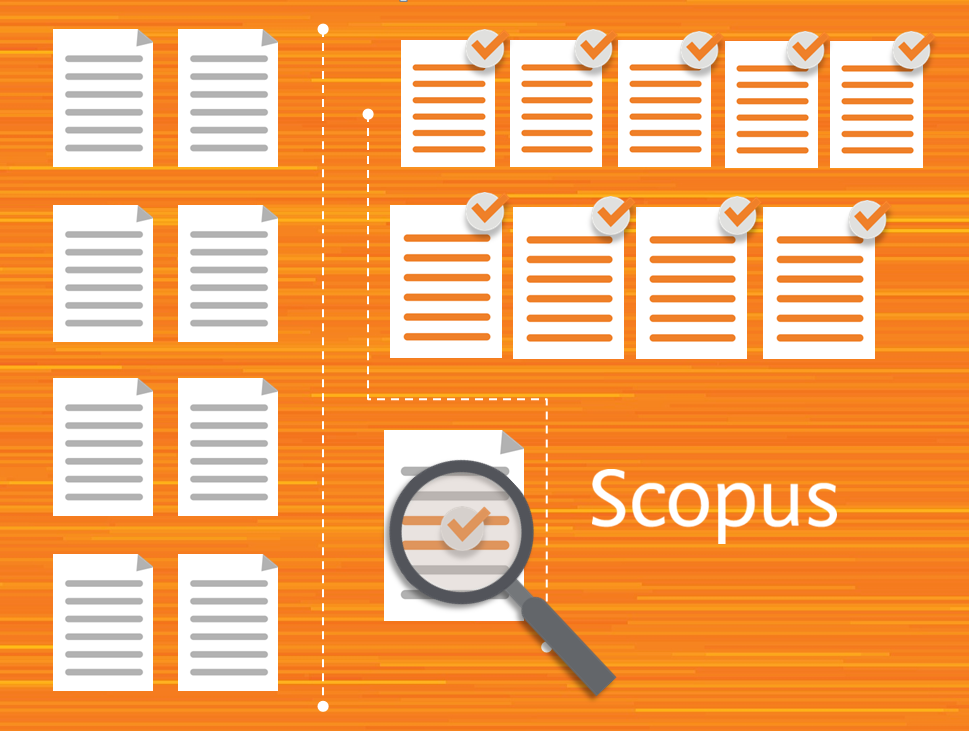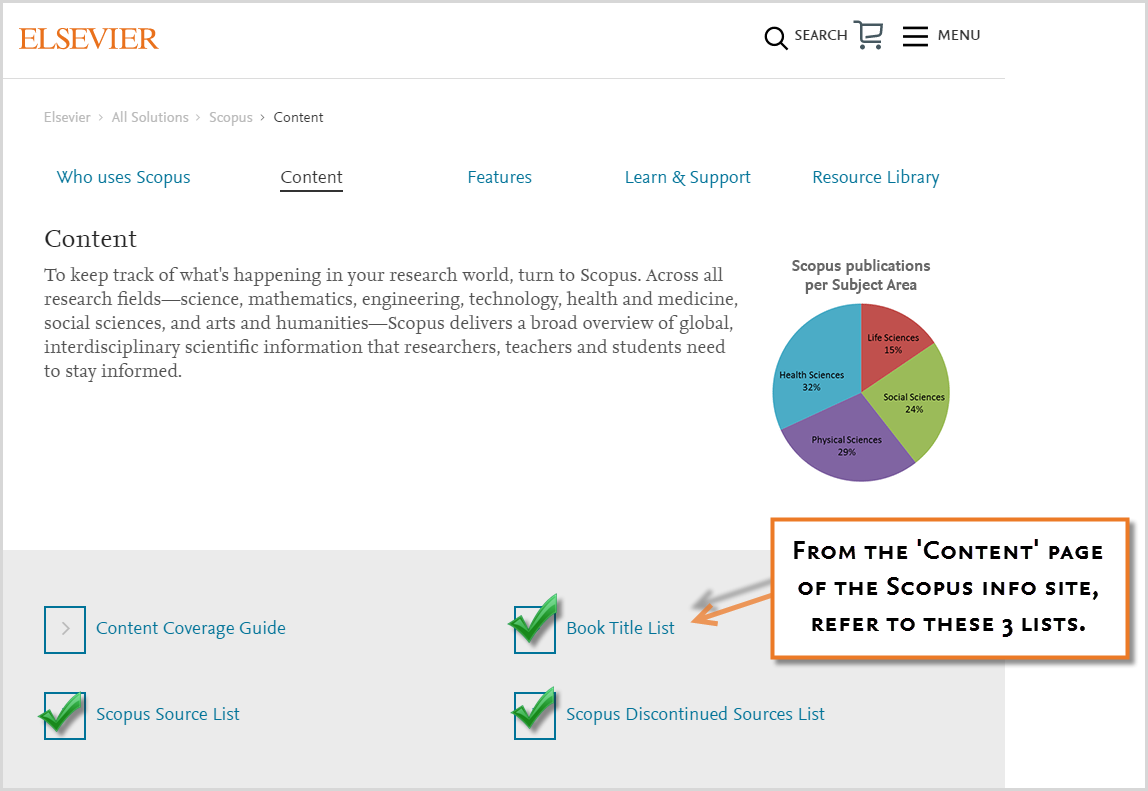“Elsevier has also done extensive work addressing the issue of journals that have been suspended from its research publication database Scopus for inappropriate publishing behaviour – this is an ongoing task that ensures that the papers that we do measure really represent good quality research and those from suspended are not counted.”
— Times Higher Education: World University Rankings blog: what’s new for 2016-2017?
This quote is a testament to the positive impact of the independent Scopus Content Selection and Advisory Board (CSAB) working with the Scopus Content Product team to ensure that both quality standards and publication practice standards are in place for Scopus. As part of this effort, several initiatives have been adopted over the past two years helping to reinforce that content indexed in Scopus represents “good quality research,” and that underperforming titles (as determined by the CSAB re-evaluation process), or titles for which concerns have been raised, are identified and their ongoing content coverage discontinued.
represents “good quality research,” and that underperforming titles (as determined by the CSAB re-evaluation process), or titles for which concerns have been raised, are identified and their ongoing content coverage discontinued.
When a title no longer meets the quality standards of Scopus it is added to the ‘Discontinued Sources list,’ maintained on the Scopus info site. Publishing this list, along with both the source title and book title lists, provides transparency into what is, or will no longer be, covered in Scopus; important information to have at hand when you are looking for which titles you want to publish in.
In fact, just over two years ago we published this blog post about journals that purport to be indexed by Scopus but really are not, and how to check if a title is truly indexed in Scopus before you publish. Both the large number of daily reads this post still receives, and feedback we receive from authors about journals claiming to be indexed in Scopus but indeed are not, indicates that now is a good time for a quick refresher on how to know which titles are indexed in Scopus, which are not, and which will no longer continue to be indexed going further.
Here’s how to verify if a title is indexed in Scopus:
- Check our title lists. You don’t need access to Scopus to find out what is and what is NOT covered, the information is publicly available from our info page.There are 3 lists to check against:
- Scopus Source List: The complete list of indexed journal titles
- Book Title List: The complete list of indexed book titles
- Scopus Discontinued Sources List: The list of journal titles for which indexing has been discontinued (and as of which volume and issue)
- Find it in Scopus. You can also go to Scopus.com itself to check. Open the “Sources” page and search for a title, publisher or ISSN.
- Ask! When in doubt, contact the Scopus Helpdesk and one of our Customer Service representatives can let you know if a title is indexed (or is going to be indexed).

Note: There are some instances where a journal might be listed as ‘Discontinued’ in Scopus.com, but not be included in the ‘Scopus Discontinued Sources List.’ This includes:
- If Scopus has not received journal content from the publisher in the last three years, the title will appear as ‘discontinued.’ Once recent material is received from the publisher and loaded to Scopus, then the ‘discontinued’ note will be removed once the Scopus Source page is refreshed.
- When a journal is truly discontinued by the publisher. When this happens, the ‘discontinued’ notification will appear 3 years after the discontinuation. This is an automated process
As an additional reminder, Scopus does not ask authors to pay in order to be indexed. For a journal (and consequently its articles) to be indexed in Scopus, a publisher must proactively suggest the title for indexing. The journal title is evaluated by the independent CSAB as to whether or not it will be included in the Scopus (see more on Scopus journal evaluation).
